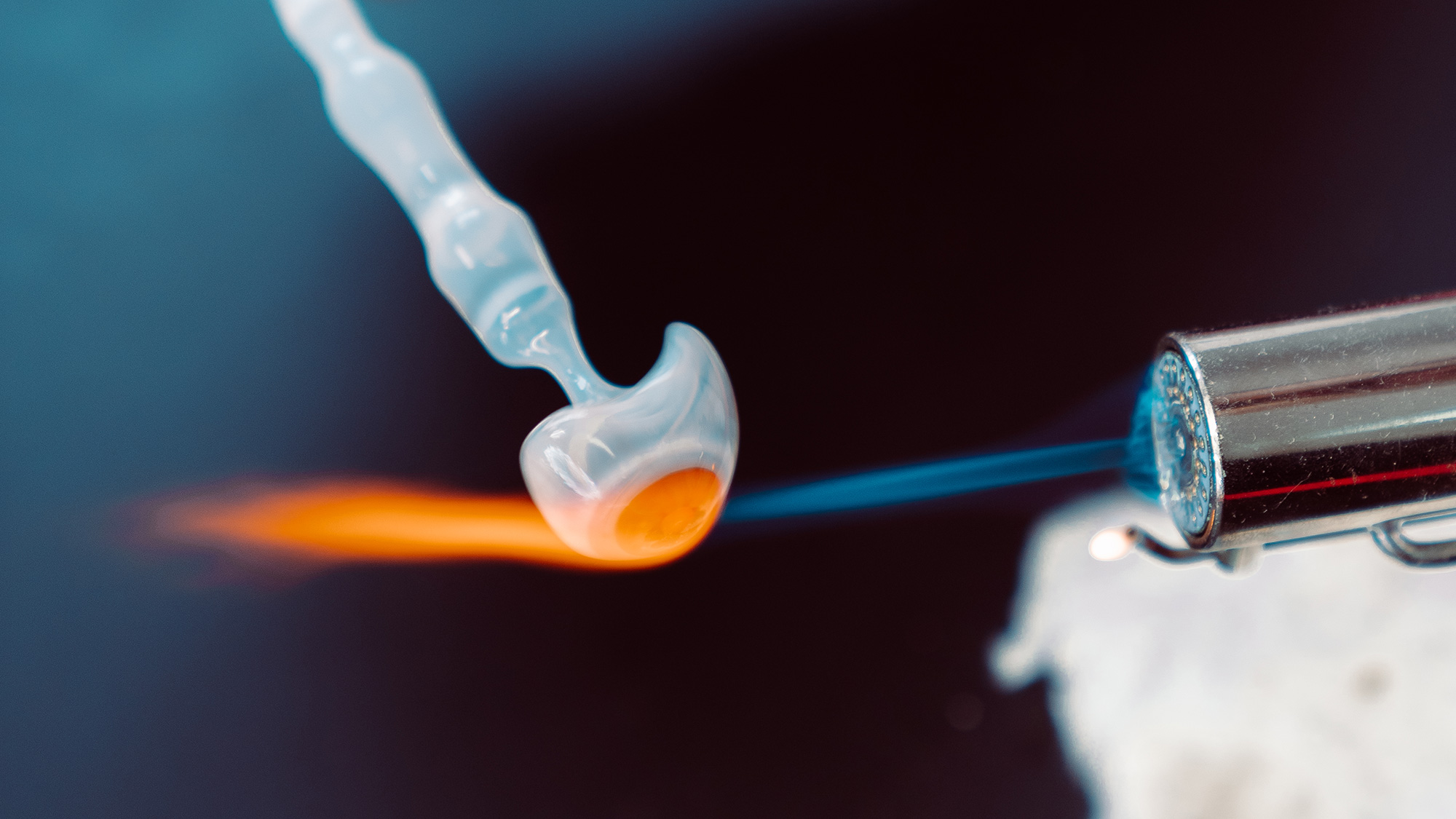Owing to the true-to-life reproduction, the fabrication of eye prostheses from glass permits a discreet wearing, a perfect fit and thus a self-confident personal appearance. Kryolith glass, a high-quality special glass, is used for fabricating eye prostheses.
Fabrication
The type of eye prosthesis will be determined by your ocularist. It will be custom made according to the state of the eye socket. Prostheses Kyrolith glass Glass eyes will be fabricated as hollow pieces or as thin shell prostheses. They are made during one visit. This will, as a rule, take approx. one hour. After such visit, your ocularist will be happy to advise you about how to properly handle your eye prosthesis.
Storage
Eye prosthesis may be worn day and night in the most favourable case; this will be decided by your ocularist case by case. While the prosthesis is not worn, it is kept dry in a closed receptacle. Please note: The glass eye must never be stored in water!




